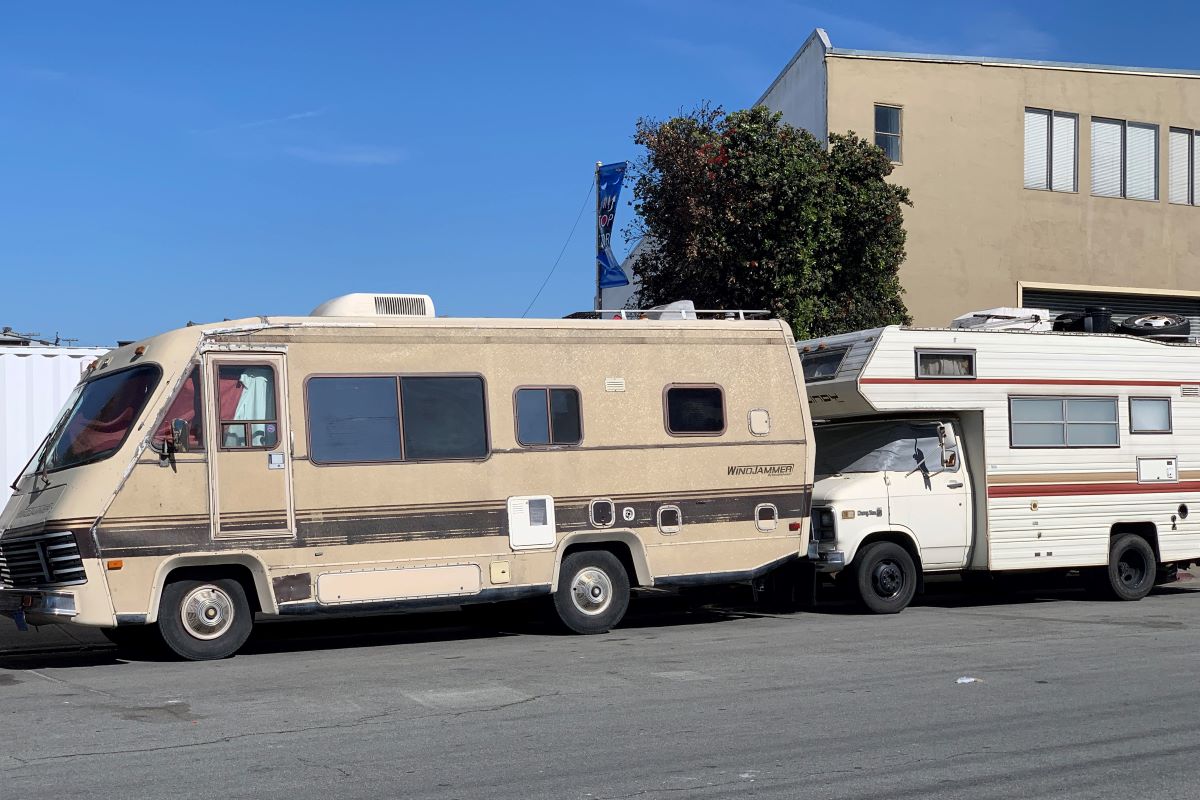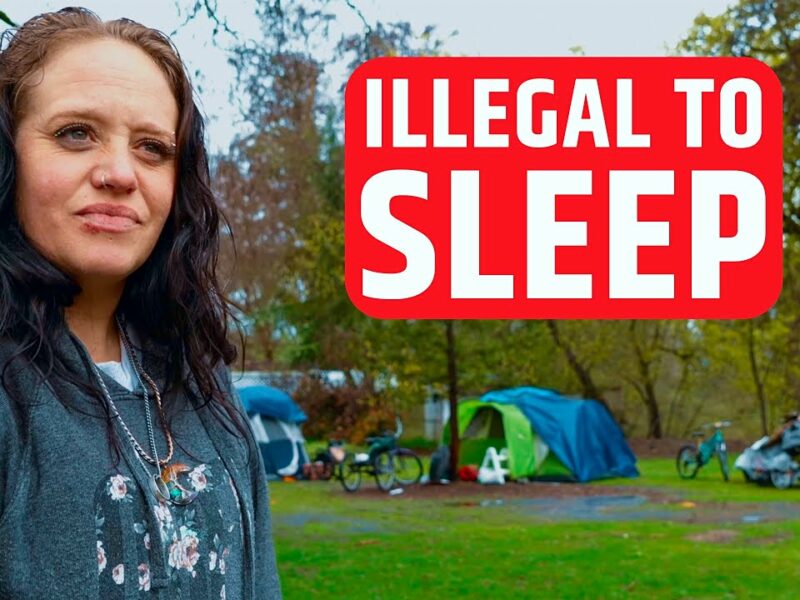Solutions to Mobile Homelessness Remain Evasive
A new analysis of federal one-night count data shows that 40% of homeless Angelenos rely on cars, vans, and recreational vehicles for shelter. Meanwhile, housing solutions in one of the nation’s largest cities remain elusive.
According to researchers at the UCLA Lewis Center for Regional Policy Studies, there are about 14,000 Angelenos who rely on their vehicles for shelter every night as of 2019. That figure is likely higher today as rates of homelessness in Los Angeles have skyrocketed since the data was released.
“The increase in vehicular homelessness raises challenges for both people who are experiencing homelessness and for cities,” Madeline Brozen, the Lewis Center’s deputy director, wrote in the study. “Vehicle living can be cost-effective relative to sky-high rents, but residents often lack essential amenities. At the same time, residents complain about the adverse effects of vehicle encampments on their neighborhoods.”
The analysis was released on the heels of new point-in-time data showing significant increases in unsheltered homelessness in Los Angeles.
In the city, an estimated 46,420 people are homeless, which accounts for a 10% increase year-over-year. Los Angeles County saw an increase of 9% and has about 75,518 homeless people.
The increasing rates of homelessness in Los Angeles are also happening as Los Angeles Mayor Karen Bass’ administration continues to use its emergency powers to address the crisis.
Mayor Bass initially declared a state of emergency on homelessness in December 2022. This gave Los Angeles access to more resources to combat homelessness. Bass signed an updated declaration on July 10 to continue approving temporary and affordable housing projects on an expedited basis, her office said.
So far, Los Angeles has approved about 450 projects, including around 8,000 units to get Angelenos off the streets. These projects had an average approval time of just 37 days. Bass’ office said that is a time savings of approximately six months.
“It’s no secret that Los Angeles is facing an emergency when it comes to homelessness,” Bass said. “This is an issue of life and death for the thousands of people who are living in tents and cars.”
Invisible People has interviewed several people who live in their vehicles about how hard it can be to live that way.
One interviewee, Monica, lived in her van after having both legs amputated because of severe frostbite. She was discharged from the hospital without a place to stay. She was adopted by the University of Southern California’s street medicine team, who helped her get prosthetic legs and social security disability insurance.
Another interviewee, Lux, who lives in Seattle, told Invisible People that she lives in her van with her cat because she can’t afford an apartment. The average rent in Seattle is currently more than $2,200 per month, according to RentCafe, which means people need to earn about $88,000 annually to avoid becoming housing burdened.
Lux described her time in Seattle as “chaotic” because of how frequently she has to move her vehicle. She also receives services from local vehicular homelessness outreach teams, but those efforts have not yet resulted in her being placed in stable housing.
Lux told Invisible People that one of the toughest parts of living in a car is dealing with the hate she hears from nearby housed residents.
“We’re not out to get you or to destroy the environment,” Lux said. “Homelessness doesn’t have to be a thing that everybody hates.”
Cities like Los Angeles have established vehicular homeless outreach programs and safe parking initiatives. These are city-sanctioned parking lots where homeless people can legally park their cars, vans, and RVs overnight.
Los Angeles lawmakers have also established two programs to reduce vehicular homelessness, although results have been hard to come by.
In March, the city council passed an ordinance requiring the city to produce a comprehensive report about rehousing people living in their vehicles. However, that program has only rehoused approximately 100 people, according to LAHSA data.
How You Can Help
Now is not the time to be silent about homelessness in California or anywhere else. Unhoused people deserve safe and sanitary housing just as much as those who can afford rent or mortgage.
Poverty and homelessness are both policy choices, not personal failures. That’s why we need you to contact your officials and tell them you support legislation that:
- Streamlines the development of affordable housing
- Reduces barriers for people experiencing homelessness to enter permanent housing
- Bolsters government response to homelessness
Together, we can end homelessness.













